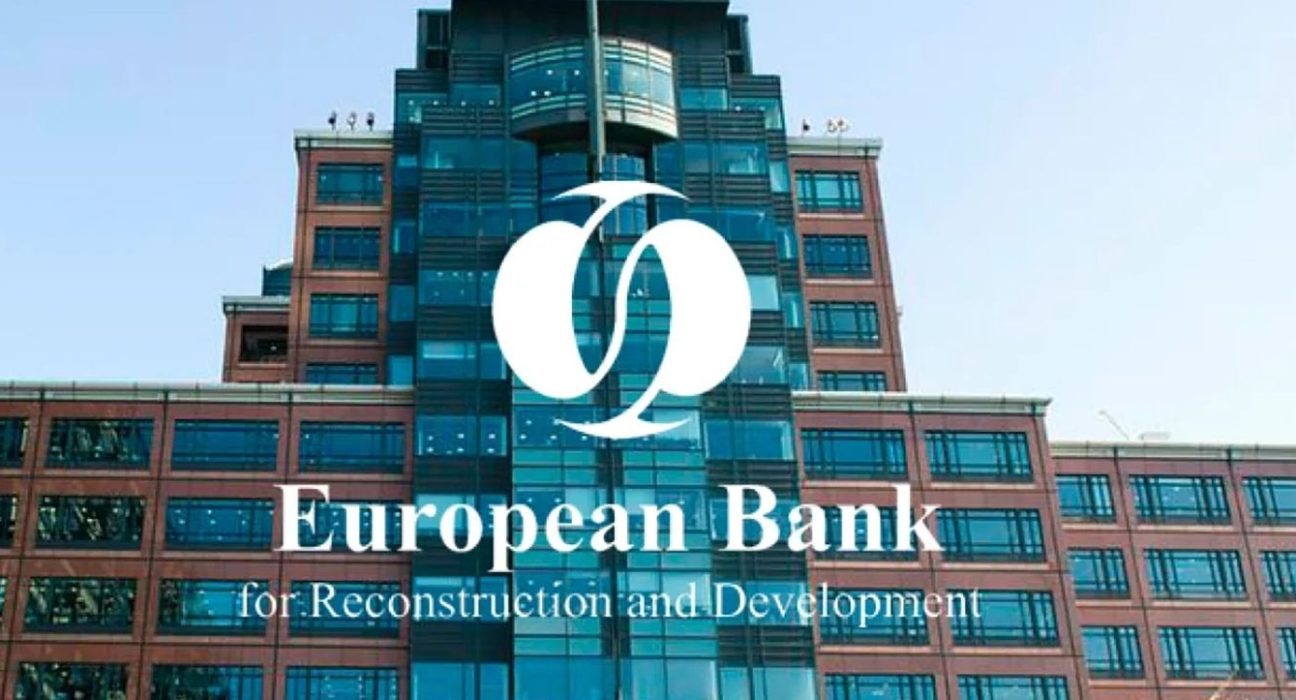Introduction
The European Bank for Reconstruction and Development (EBRD) is an international financial institution that supports the development of market economies and democracy in 40 countries across Europe, Asia and Africa. The EBRD region covers a diverse range of economies, from Kazakhstan to Hungary and Tunisia, with different levels of income, development and integration.
One of the common challenges facing these economies in recent months is the surge in inflation, driven by higher energy and food prices, supply chain disruptions and pent-up demand after the Covid-19 pandemic. Inflation erodes the purchasing power of consumers and businesses, reduces real incomes and savings, and increases the cost of borrowing and debt servicing.
In this article, we will examine how inflation has evolved in the EBRD region, what factors have contributed to it, how it has affected economic growth and policy responses, and what are the prospects for disinflation in the near future. We will also compare the inflation trends in the EBRD region with those in other emerging markets and advanced economies.
Inflation trends in the EBRD region
According to the EBRD’s latest regional economic outlook report, consumer price rises in the EBRD region peaked at 17.5% in October 2022 and have come down to 14.3% in March 2023. This is still well above the pre-pandemic average of 4.4% in 2019 and the highest level since 1998.
The inflation rate varies significantly across the region, reflecting different economic structures, exchange rate regimes, monetary policies and external shocks. The highest inflation rates are observed in Central Asia (25.6% in March 2023), Eastern Europe and the Caucasus (22.9%) and Turkey (19.6%). The lowest inflation rates are found in Central Europe and the Baltic states (6.7%), Southern and Eastern Mediterranean (6.4%) and Southeastern Europe (5.9%).
The main drivers of inflation in the EBRD region are:
– Energy prices: The global energy market has been affected by a combination of strong demand recovery, supply constraints, geopolitical tensions and weather disruptions. The price of Brent crude oil increased by 75% between January 2022 and March 2023, reaching $95 per barrel. The price of natural gas soared by more than 300% over the same period, reaching $35 per million British thermal units (MMBtu) in Europe. These higher energy costs have been passed on to consumers through higher electricity, heating and fuel prices, as well as to producers through higher input costs.
– Food prices: The global food market has also faced rising demand, supply shortages, trade restrictions and climate shocks. The Food and Agriculture Organization (FAO) food price index increased by 28% between January 2022 and March 2023, reaching its highest level since 2011. The main contributors to this increase were vegetable oils, cereals, meat and dairy products. Food prices have a large weight in the consumer price index (CPI) of many EBRD countries, especially those with lower income levels.
– Supply chain disruptions: The Covid-19 pandemic has disrupted global trade flows, transport networks, production capacities and labor markets. This has created bottlenecks, delays and shortages of various goods and services, such as semiconductors, automobiles, clothing, furniture and tourism. These supply-side shocks have pushed up the prices of many intermediate and final goods, as well as wages in some sectors.
– Pent-up demand: The easing of lockdown measures, the progress of vaccination campaigns and the fiscal stimulus measures have boosted consumer confidence and spending in many EBRD countries. This has increased the demand for goods and services that were previously restricted or postponed during the pandemic, such as travel, entertainment, dining out and durable goods. This excess demand has exceeded the available supply in some markets, creating upward pressure on prices.
– Exchange rate depreciation: Some EBRD countries have experienced significant depreciation of their currencies against major currencies such as the US dollar or the euro. This has increased the cost of imported goods and services, especially those denominated in foreign currency or linked to global prices such as energy and food. This has also reduced the purchasing power of domestic consumers and businesses.
– Inflation expectations: Inflation expectations are an important determinant of actual inflation outcomes, as they influence wage-setting behavior and price-setting behavior.










